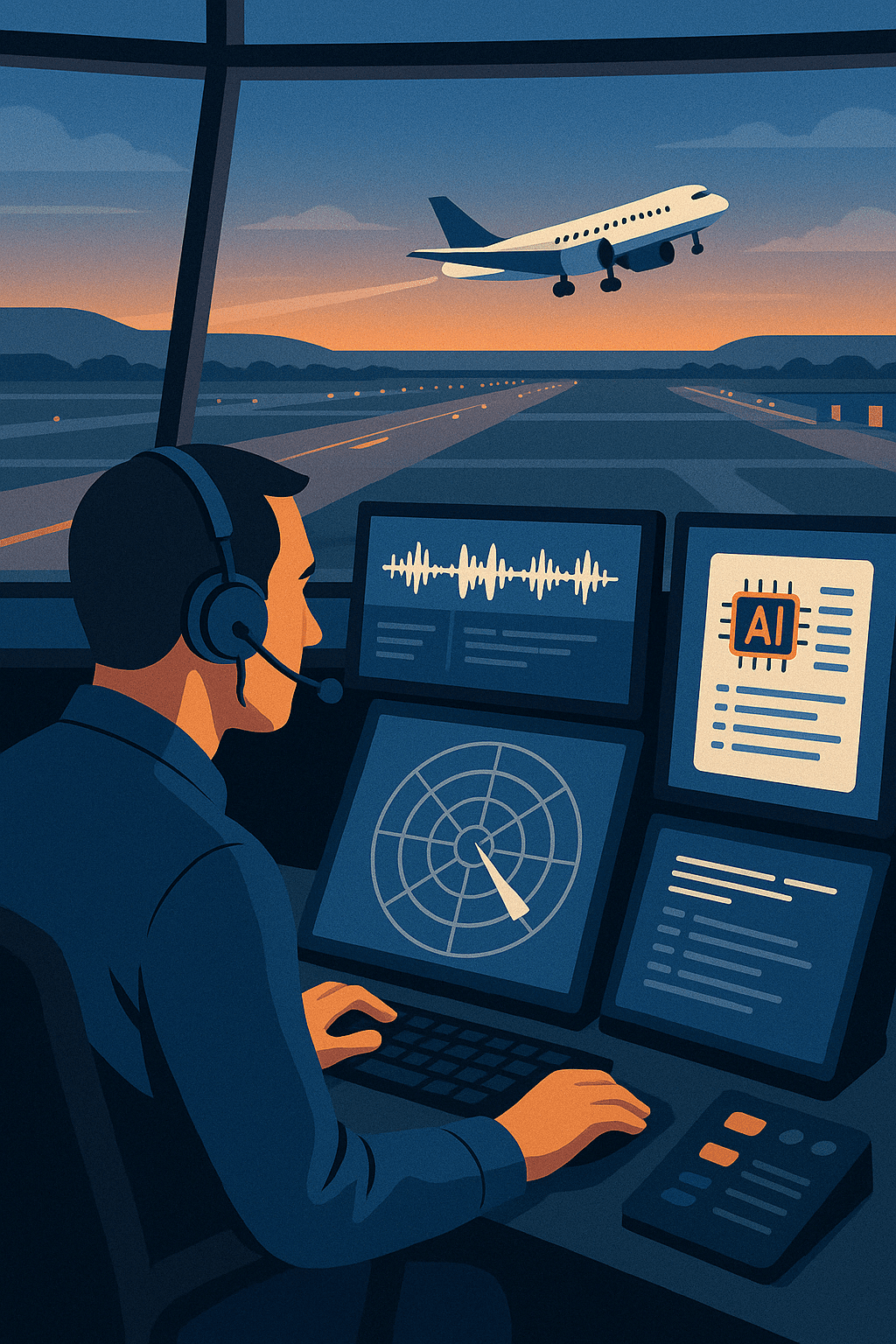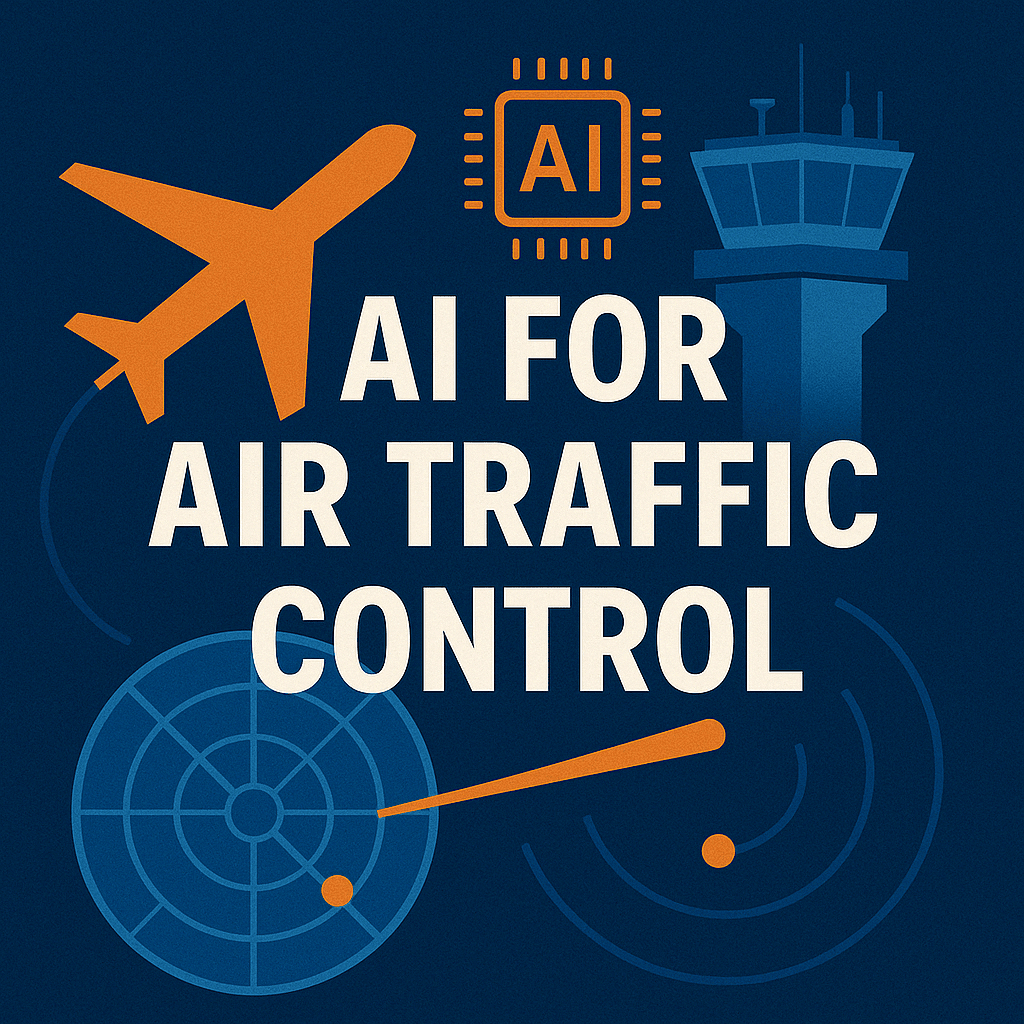AI in the Sky: Enhanced Radar’s Mission to Reinvent Air Traffic Safety
In 2024, amidst a growing aviation crisis in the U.S., Enhanced Radar emerged from Y Combinator’s W25 batch with a bold mission: to make American air traffic control (ATC) systems smarter, safer, and more efficient. Founded by Eric Button and Kristian Gaylord, the startup builds AI-powered systems and sensors designed to detect and prevent human errors in real time—a crucial advancement in an industry where every second and decision counts.
While the U.S. leads the world in aviation, its infrastructure tells a different story. Most ATC facilities are operating with dangerously low staffing levels, and over 85% of public airports lack any form of control tower. Enhanced Radar sees this as both a crisis and an opportunity—a chance to modernize the skies with cutting-edge automation.
Why Is the U.S. Air Traffic Control System in Crisis?
Despite being a global leader in aviation, America’s air traffic control system is facing unprecedented challenges:
- Staffing Shortages: Only 23 of the 313 FAA facilities currently meet their staffing targets. The remaining 90% operate below recommended levels.
- Safety Risks: On average, the U.S. experiences four runway incursions daily and five near mid-air collisions each week.
- High Infrastructure Costs: Constructing a single control tower can cost upwards of $20 million, limiting tower-controlled airports to only 580 of the 4,200 public airports across the country.
- Untapped Demand: A staggering 4 million landings take place annually at airports without towers—including 165 airports with commercial airline service.
The result is a system stretched thin, where even the most skilled human controllers are burdened with more responsibility than is safe or sustainable.
Who Are the Founders Behind Enhanced Radar?
Enhanced Radar is helmed by two aviation and tech experts:
- Eric Button (CEO): A former professional pilot with over 2,100 flight hours logged across aircraft such as the Gulfstream, Embraer, Pilatus, and Daher. He co-founded fintech startup Contrast (acquired by PublicSq) and holds both FAA and EASA certifications.
- Kristian Gaylord (CTO): A computer vision specialist with a background in embedded systems for satellites (also acquired), Gaylord brings high-frequency trading experience and deep technical expertise. He studied Statistics and Computer Science at Columbia University and holds a private pilot license.
Their unique mix of aviation experience and technical skill is at the core of Enhanced Radar’s ability to address aviation’s most pressing issues with real, deployable innovation.
How Is Enhanced Radar Solving the Problem?
Enhanced Radar is building a multi-layered, AI-driven “safety net” for American airspace. Their systems are designed to support controllers rather than replace them—offering decision-making augmentation, real-time error detection, and automation of routine tasks.
The goal is twofold:
- Enhance safety in towered and non-towered environments.
- Unlock more airspace by making air traffic control accessible and affordable for thousands of underserved airports.
The centerpiece of their solution is Yeager, an advanced speech recognition model tailored to the unique acoustics and linguistic quirks of ATC radio communication.
What Makes Yeager a Breakthrough in ATC Technology?
Yeager is not just another voice-to-text tool. It is a domain-specific, AI-powered speech recognition model that achieves an unprecedented ~1% word error rate on real-world air traffic control audio. That’s an 8x improvement over the previous state of the art.
Why does this matter?
- Accuracy Saves Lives: Misheard or misunderstood communications are a leading cause of aviation incidents.
- Operational Efficiency: Accurate transcription reduces controller workload and facilitates quicker decision-making.
- Historical Analysis: Installed post-operationally, Yeager provides high-fidelity data that can be used to review incidents and optimize procedures.
Already deployed at several U.S. airports, Yeager is laying the groundwork for broader AI integration in aviation infrastructure.

How Will Enhanced Radar Impact Non-Towered Airports?
Only 15% of U.S. public-use airports have air traffic control towers. That means the overwhelming majority—over 3,600 airports—rely on “see and avoid” visual rules, even when handling commercial flights.
Enhanced Radar aims to flip that statistic by enabling scalable, cost-effective ATC capabilities through AI and sensor systems.
The impact?
- Better Coverage: Enhanced Radar's systems can provide oversight where humans currently can't—extending positive control to underserved areas.
- Improved Safety: With real-time alerting, AI can reduce incidents in both busy and low-traffic airports.
- Economic Opportunity: By increasing the viability of smaller airports, the company could stimulate local economies and improve regional connectivity.
What Is the Vision for the Future of Air Traffic Control?
The future, as envisioned by Enhanced Radar, is one where human controllers take on elevated roles—supervising autonomous systems much like pilots today manage advanced avionics.
Rather than replacing professionals, the AI functions as a co-pilot in the control tower:
- Relieving mental fatigue
- Preventing human error
- Handling repetitive tasks
- Enhancing real-time awareness
This approach opens up the possibility of scaling ATC operations without proportionally scaling personnel—crucial in a time of severe staffing shortages.
Why Now Is the Time for AI in Aviation?
Several converging factors make Enhanced Radar’s timing ideal:
- Technological Maturity: AI models like Yeager demonstrate that machine learning can handle high-stakes, noisy environments like ATC radio.
- Workforce Gaps: The FAA’s personnel shortage isn’t going away. Augmentation is no longer optional—it’s urgent.
- Infrastructure Costs: With ballooning expenses for new towers, scalable AI alternatives are increasingly attractive.
- Public Demand: With air travel recovering and growing post-pandemic, safety and reliability are under heightened scrutiny.
Enhanced Radar positions itself at the intersection of necessity and innovation—delivering tools that address today’s crisis while building a better foundation for the future.
What Does the Road Ahead Look Like for Enhanced Radar?
Though still early-stage, Enhanced Radar has already begun post-operational deployments and is likely on a path toward broader rollout across commercial and regional airports.
Potential future developments include:
- Integration with autonomous flight systems
- Expansion into international markets
- Collaborations with FAA and global regulators
- Real-time tower-in-a-box deployments
As AI continues to redefine what’s possible in transportation, Enhanced Radar is betting that the skies are ready for intelligent transformation.

Conclusion: Can AI Make the Skies Safer?
Enhanced Radar believes the answer is yes.
By combining domain-specific AI like Yeager with real-time sensor networks and a deep understanding of aviation, they are creating a future where American airspace is safer, more efficient, and accessible to more airports than ever before.
Their work is more than technological advancement—it’s a much-needed evolution in how we navigate the skies.

